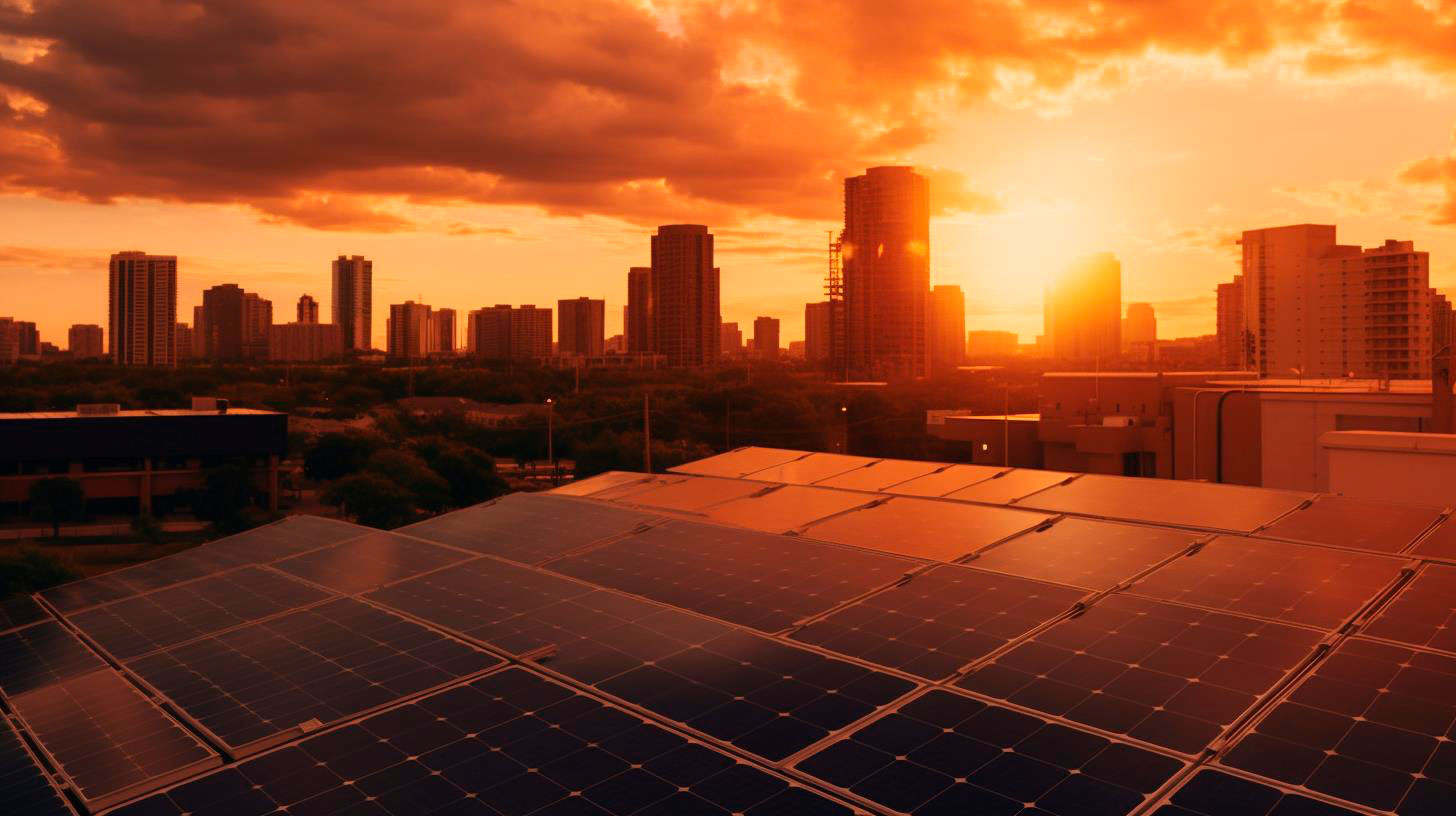Concentrated Solar Power: A Sustainable Solution for Water Desalination
One powerful technology that is gaining attention in recent years is Concentrated Solar Power (CSP). With its ability to harness the sun’s energy and convert it into electricity, CSP offers a promising approach to address the challenges of water scarcity and sustainable development.
The Basics of Concentrated Solar Power
CSP is a renewable energy technology that uses mirrors or lenses to concentrate sunlight onto a receiver system. This concentrated sunlight heats a fluid, typically water or oil, which in turn generates steam to drive a turbine and produce electricity. By utilizing the sun’s abundant energy, CSP systems have the potential to provide a sustainable and clean source of power for various applications, including water desalination.
Key Benefits of CSP for Water Desalination
Energy Efficiency: CSP systems have a high conversion efficiency, meaning they can generate a significant amount of electricity from the sun’s energy. This efficiency ensures optimal utilization of resources, making CSP an effective solution for energy-intensive desalination processes.
Cost-Effectiveness: With advancements in CSP technology and decreasing installation costs, it is becoming an increasingly affordable option for water desalination. The operational expenses of CSP plants are relatively low compared to conventional desalination methods, reducing the overall cost of producing clean water.
Environmental Sustainability: As a clean and renewable energy source, CSP significantly reduces carbon emissions when compared to fossil fuel-based power generation. By integrating CSP with desalination plants, we can achieve both sustainable water production and a reduced carbon footprint.
Case Study: Morocco’s Noor Ouarzazate Solar Complex
Morocco, a country located in North Africa, has recognized the potential of CSP for water desalination and has implemented several large-scale projects. The Noor Ouarzazate Solar Complex, one of the world’s largest CSP installations, utilizes concentrated solar power to produce electricity and support water desalination processes. With a capacity of 580 MW, this impressive complex contributes to the sustainable development of the region by providing a reliable source of renewable energy and clean water.
According to statistics, the Noor Ouarzazate Solar Complex contributes towards:
- Reducing CO2 emissions by approximately 800,000 tons per year
- Generating enough electricity to power over one million homes
- Providing clean water to communities in water-scarce regions
The success of the Noor Ouarzazate project demonstrates the immense potential of CSP in addressing water scarcity and achieving sustainable development goals.
Expanding the Role of CSP in Water Desalination
While CSP shows great promise for water desalination, further research and development are necessary to enhance its efficiency and cost-effectiveness. Governments, research institutions, and industry players must collaborate to drive innovation and scale up CSP technology for large-scale water desalination projects. Funding research initiatives and incentivizing investment in CSP infrastructure will accelerate its adoption and contribute to resolving global water scarcity challenges.
In conclusion, Concentrated Solar Power offers a sustainable and viable solution for water desalination. Its energy efficiency, cost-effectiveness, and environmental sustainability make it an ideal technology to address water scarcity while reducing carbon emissions. The successful implementation of projects like the Noor Ouarzazate Solar Complex in Morocco showcases the potential of CSP in achieving both energy and water security. By investing in further research and development, we can utilize this innovative technology to meet the growing demand for clean and drinkable water around the world.
Sources:
U.S. Department of Energy: Quadrennial Technology Review 2015
International Energy Agency: Renewables 2019
